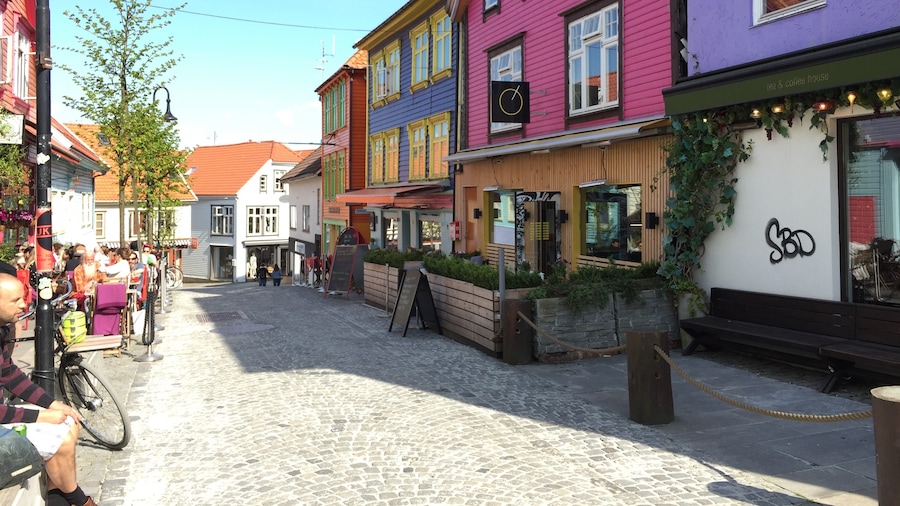Explore these converted quayside warehouses to discover the fascinating world of Stavanger’s maritime and mercantile history.
Retrace two centuries of Stavanger’s seafaring and fishing history at the Stavanger Maritime Museum. Artifacts range from model boats to a replica of an early 1900s general store.
The museum is part of the Stavanger Museum and occupies two old shipping warehouses built between 1770 and 1840.The museum’s permanent exhibition includes a collection of some 7,500 maritime artifacts, 350 paintings and 600 maps. Examine archaeological relics and model ships. Learn how Stavanger developed as a maritime city following the rediscovery of herring in its waters after the fish had been absent for 30 years. See changes in the city’s shipbuilding history, from small wooden boats to sailing ships and iron steamships.
The museum also has two sailing vessels: the historic Anna af Sand, a freight vessel originally launched in 1848, and the Wyvern, a pleasure yacht commissioned by English timber merchant Frederick Croft in 1894.
Head to the second floor to find the reconstruction of an early 20th-century general store. Browse the products desired by the urban dwellers, farmers and sailors of the time. On the third floor you can see the original furnishing of a former shipping agency’s office. Step inside a replica merchant’s apartment to discover the decorative style of the early 1900s.
Kids visiting the museum will enjoy the interactive activities of the play area. While dressed in 1950s maritime clothing they can play skipper of a boat, work as stevedore, chat on a warehouse telephone and send postcards.
Stavanger Maritime Museum is a five-minute walk from Stavanger’s city centre. There’s a pay-and-display parking lot in front of the museum. The museum has seasonal opening times check the website for details. It remains closed on selected public holidays.
Ask at the museum’s reception for a free audio guide. The modest entrance fee also includes admission to The Norwegian Canning Museum.













